Laboratory Diamonds
What's the difference?
Before we start to talk about human-made diamonds, let me say the most important thing. No matter how we call it: laboratory-grown, synthetic, man-made, or artificial diamonds, they are the same as natural mined, with identical physical structure, chemical, and optical properties. The only difference is the way the diamond was born. Natural diamond was created deep inside the earth mantle, and the synthetic diamond was grown inside a machine press. Both of them were created in the same environment of high pressure and high temperature. Both can be used to drill the hardest concrete walls, cut the glass, or be set into engagement rings. I will tell you even more. There is no such experienced gemologist in the world who can prove the artificial nature of high clarity colorless HPHT synthetic diamonds without special laboratory equipment. High clarity (VVS+) colorless diamonds have no visual difference from earth mined.
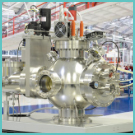
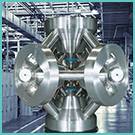

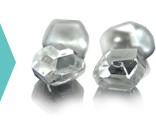
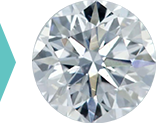

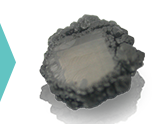



Laboratory-grown diamonds are still not cheap. But the price is twice as lower as natural mined. If you are not concerned about the origin of the stone, if you wish for a more significant and highly qualitative diamond without increasing your budget, you can choose the laboratory-grown diamond.



